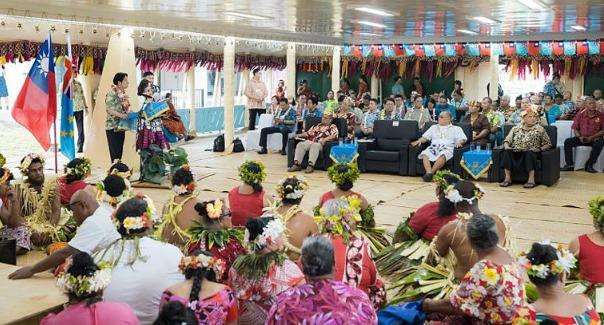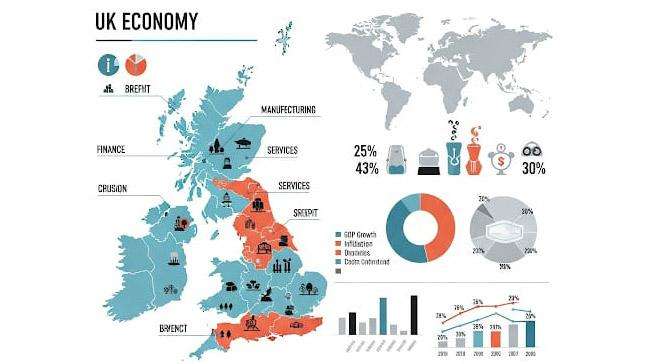Determining the "best" country for individuals from South Asia (specifically Bangladesh, India, and Pakistan) and those of the Muslim faith is a deeply personal and multifaceted question. There is no single answer, as individual priorities, skills, financial situations, and cultural preferences vary greatly. However, by analyzing factors such as visa policies, economic opportunities, cultural integration, religious freedom, and quality of life, we can explore potential countries that offer promising prospects.
For South Asians:
The concept of "best" for South Asians is broad, encompassing a wide range of needs, from economic advancement and career opportunities to cultural familiarity and community support.
Countries with Established South Asian Diasporas: Nations like the United Kingdom, Canada, and Australia have long histories of South Asian immigration, resulting in well-established communities, cultural infrastructure (temples, mosques, community centers, restaurants), and familiarity with South Asian languages and customs. This can ease the transition and provide a sense of belonging. These countries often have diverse economies with opportunities in various sectors, attracting skilled workers and professionals. However, immigration policies can be competitive, and the cost of living in major cities can be high.
Gulf Cooperation Council (GCC) Countries (e.g., UAE, Saudi Arabia, Qatar): These nations have historically been major destinations for South Asian workers, particularly in construction, hospitality, and increasingly in professional sectors. They offer relatively high salaries and often have large expatriate communities. However, citizenship pathways are often limited, and cultural differences and workers' rights can be concerns.
Southeast Asian Countries (e.g., Malaysia, Singapore): These countries offer a blend of economic opportunities and cultural familiarity for some South Asians. They have diverse economies and multicultural societies. Singapore, in particular, is a global hub for finance and technology, attracting skilled professionals. Malaysia has a significant Muslim population, which can be a factor for some.
Emerging Digital Nomad Destination's: Countries like Estonia, Portugal, Spain, and Croatia, with their digital nomad visas, present new possibilities for South Asian professionals who work remotely. These countries offer a different lifestyle, often with a lower cost of living than traditional immigration destinations, and a chance to experience European culture. However, the focus is on remote work, and building a strong local community might take more effort. The income requirements for these visas also need to be considered.
For Muslims:
For Muslims seeking a country that aligns with their religious values and provides a supportive environment, several factors come into play:
Muslim-Majority Countries: Nations with a Muslim majority naturally offer a cultural and legal framework that generally aligns with Islamic principles. These countries, spread across the Middle East, North Africa, and parts of Asia, vary significantly in terms of economic development, political systems, and social norms.
Countries with Significant Muslim Minorities and Religious Freedom: Many Western democracies, such as Canada, the United Kingdom, the United States, and countries in Western Europe, have significant Muslim populations and legal frameworks that protect religious freedom. These countries often have established Islamic institutions, mosques, and halal food options. However, social integration and occasional instances of Islamophobia can be challenges.
Countries with Growing Digital Nomad Visas: Some of the countries mentioned for digital nomads, like Portugal and Spain, also have historical Muslim influences and, while not Muslim-majority, offer religious freedom. The appeal here lies in the lifestyle and work opportunities, with the caveat that building a strong Islamic community might require more effort than in countries with larger Muslim populations.
Daily Dazzling Dawn Analysis and Considerations:
Economic Opportunities: For many South Asians, economic advancement is a primary driver for migration. Countries with strong economies and sectors that match their skills will be attractive.
Cultural Integration: The ease of cultural integration varies greatly. Countries with established South Asian communities can offer a smoother transition.
Religious Freedom and Environment: For Muslims, the degree of religious freedom, the presence of Islamic infrastructure, and the overall social environment towards Islam are crucial factors.
Visa Policies: Immigration policies and the availability of different visa types (skilled worker, family reunification, digital nomad) will significantly influence the feasibility of moving to a particular country.
Quality of Life: Factors such as healthcare, education, safety, and cost of living play a significant role in determining the overall quality of life in a new country.
There is no universally "best" country. For a Bangladeshi, Indian, or Pakistani individual, the ideal choice might be a country with a strong economy that matches their skills and a well-established South Asian community. For a Muslim, the priority might be a country that respects religious freedom and has a supportive Islamic environment, which could be a Muslim-majority nation or a country with a significant and well-integrated Muslim minority.
The emergence of digital nomad visas offers a new avenue for some South Asians and Muslims to live and work in countries like Estonia, Portugal, Spain, and Croatia, provided they meet the income requirements and desire the lifestyle these countries offer.
Ultimately, the "best" country is a deeply personal decision that requires careful consideration of individual needs, priorities, and circumstances. Researching specific countries based on these factors is crucial for anyone considering international migration.
.jpg)



.jpg)



.svg)


